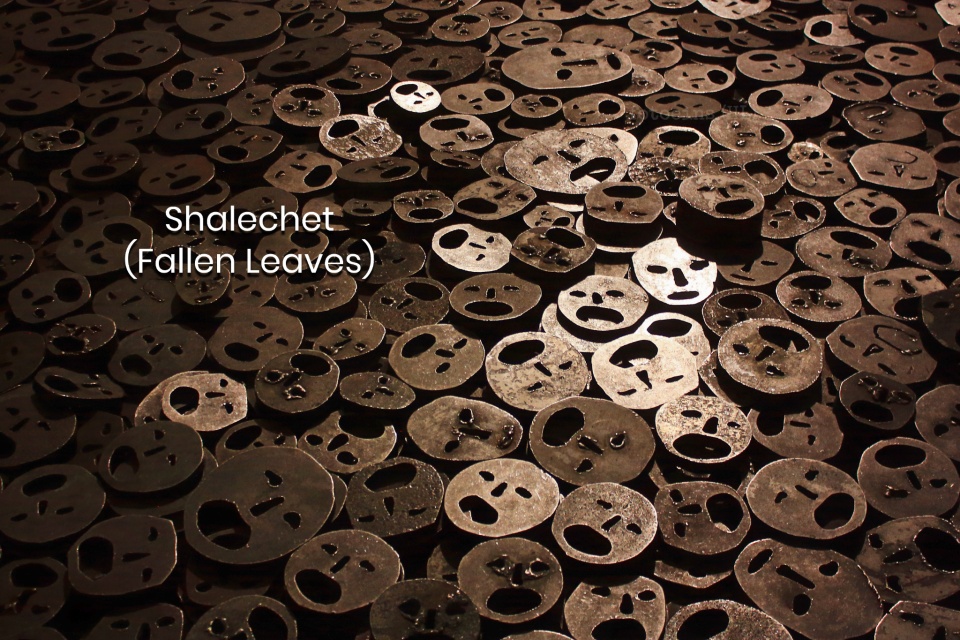Germany’s urban G-E-M-S: Berlin
A travel writer once asked me: how would I describe Germany? Start with geography: lush forests, lakes and rivers, jagged Alps to the south, and open seas to the north. But that’s only the surface, where deep underneath there’s rich artistic and cultural heritage; and critical lessons from times of unimaginable ignorance, cruelty, and tragedy.
Her cities also form a large part of the German picture, and I’m very fond of her five largest cities. For every city, I have a selection of G-E-M-S: one Green space (G, Grünanlage); a place to Eat (E, Essen gehen); Museum (M); and something Special (S, Sondertipp). I’ve already written about Hamburg, Munich, Cologne, and Frankfurt am Main.
The German capital city of Berlin marks the final part of my series.

